Panamapeet
Senior Member
- Joined
- Oct 24, 2016
- Messages
- 608
- Reaction score
- 205
First a small disclaimer: I am far from a professional chef, and this is quite a long post. Any tips, tricks and constructive criticism are more than welcome!
I have done my first experiment with aging fish. I have looked around on the internet, but its difficult to find any clear and reliable explanation of techniques and the process behind aging fish, let alone much sharing of experiences by other people. So I would like to take this opportunity to share my (admittedly very limited) experience, and ask for any input the pro's on KKF may have.
My process started by buying the freshest fish I could find. This meant obtaining access to a wholesaler, and asking them for fish that was just killed. I ended up buying a kingfish (known in Japanese as hiramasa) farmed locally, that was super fresh and was stored without the guts.
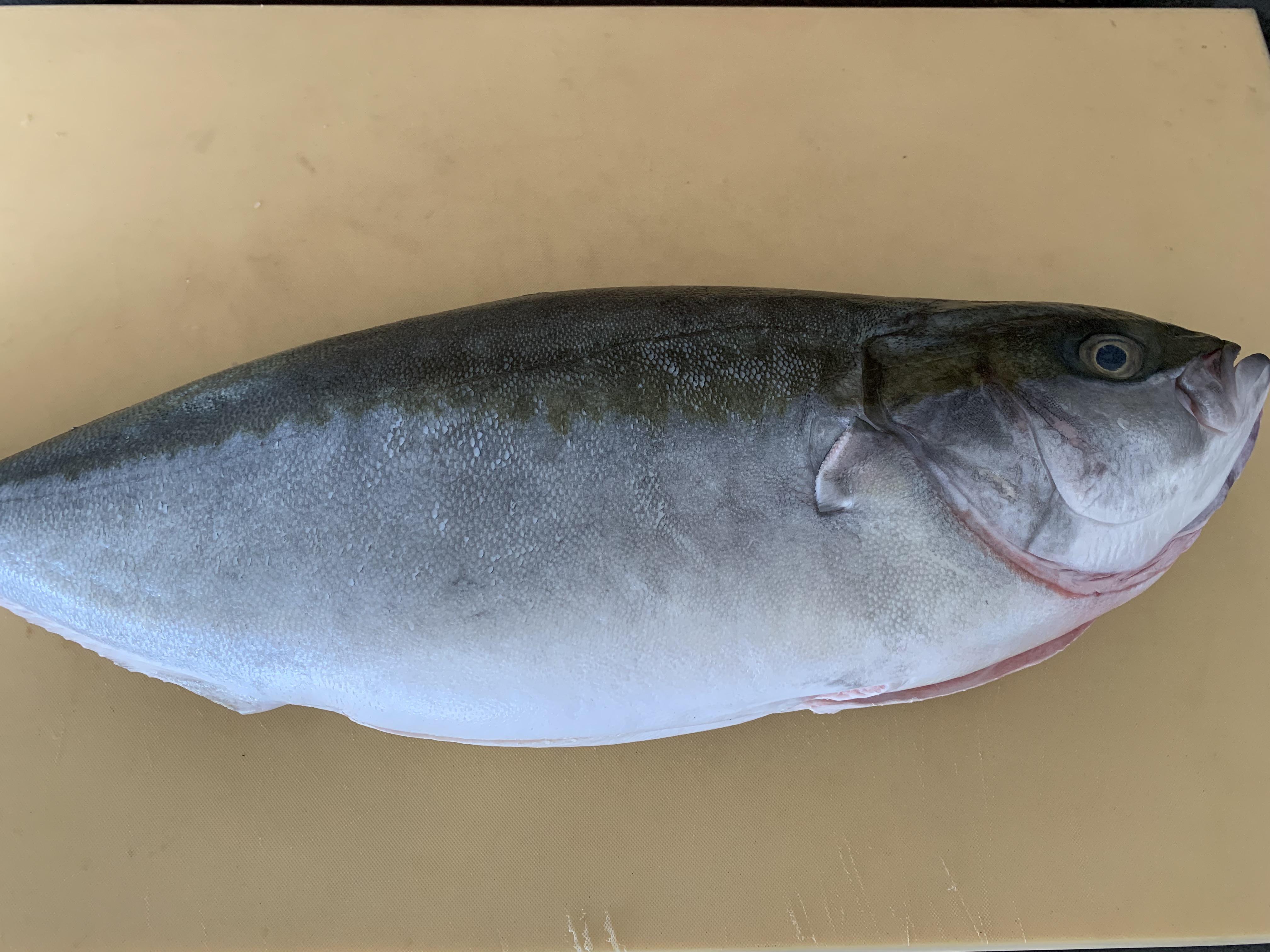
One fresh looking kingfish
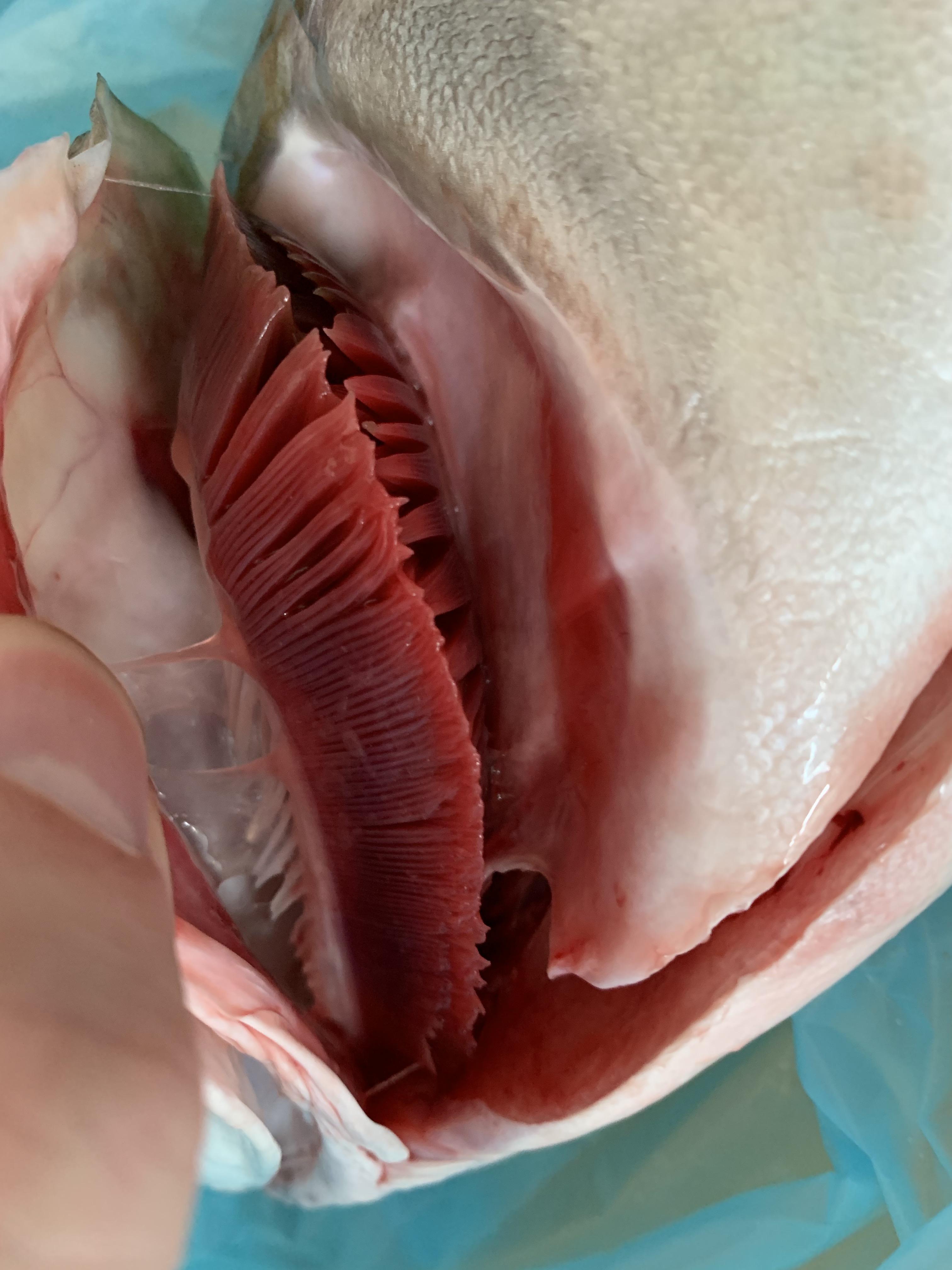
Red gills
I immediately started by drying the cavity of the fish and removing the scales. After, I filleted the fish by taking off its head (which turned into delicious grilled collars later that evening), leaving one side of the fish on the bone.
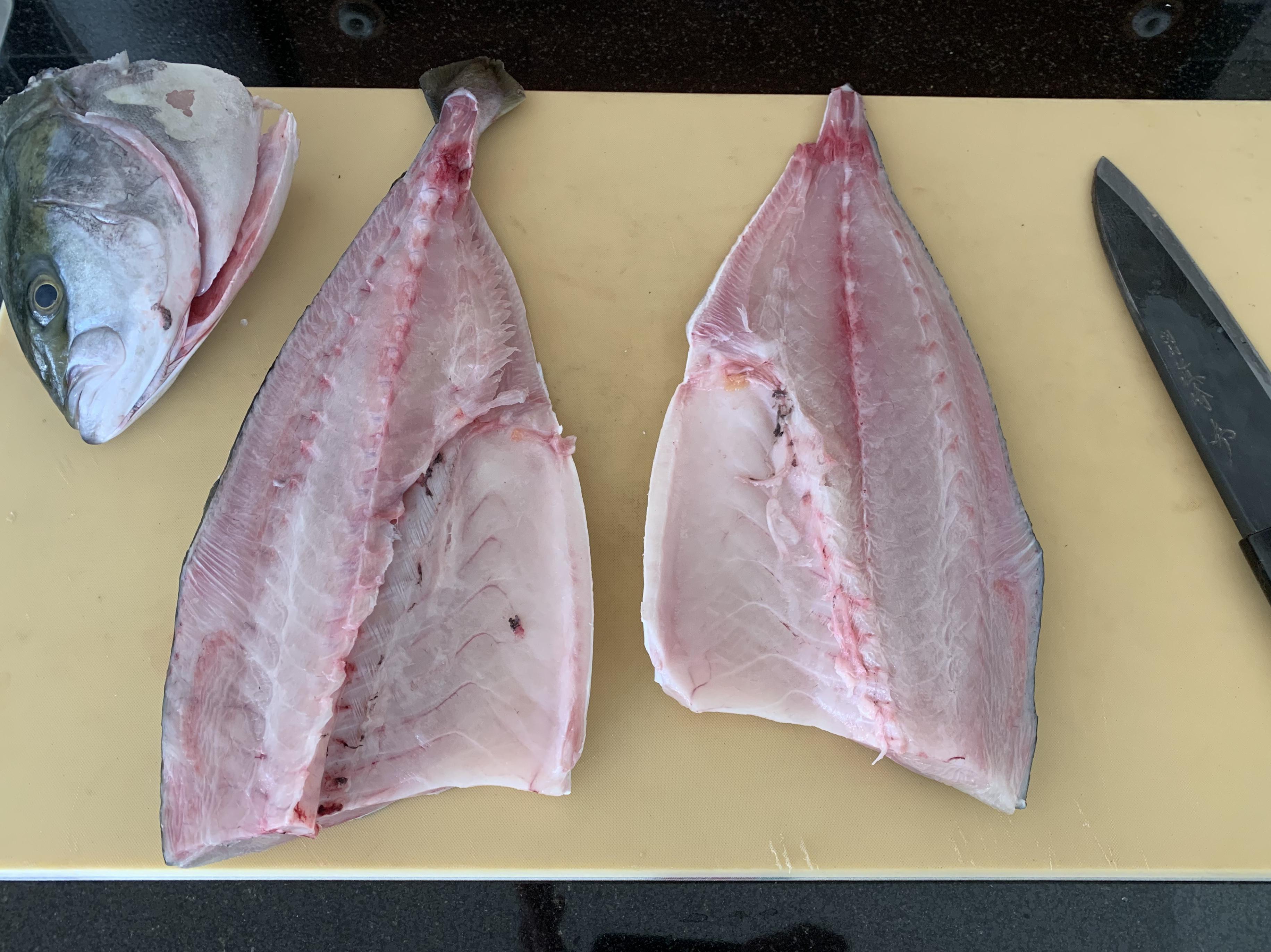
The filleted side turned into delicious fresh sashimi for the evening, while the part on the bone was prepared for aging by wrapping it in tea cloth. I placed the wrapped fish on a wire rack in my fridge, and attached a thermometer to monitor the temperature. The temperature remained between 1-3 degrees Celsius during the aging period (7 days).
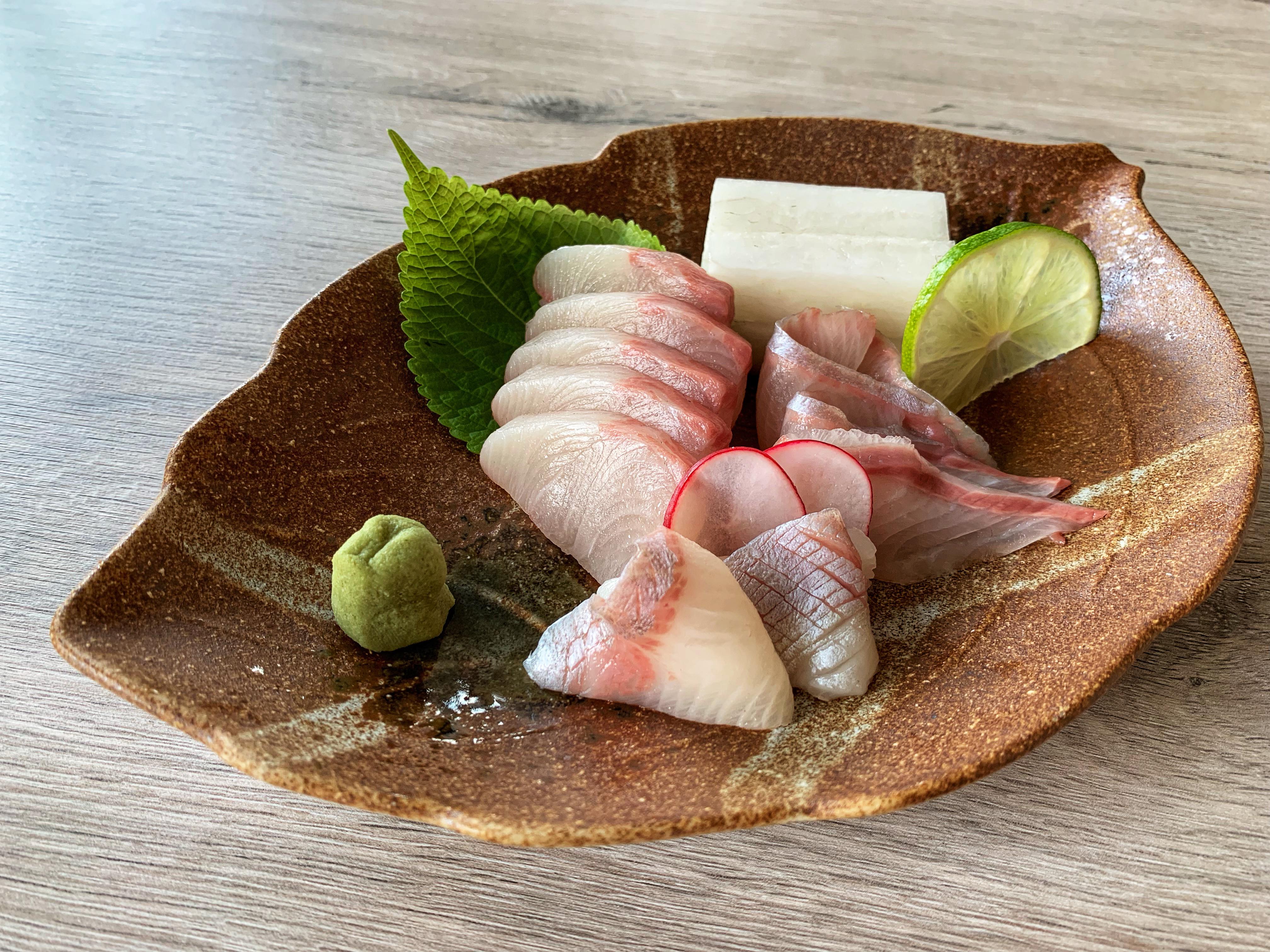
Sashimi made on the day of the fish purchase
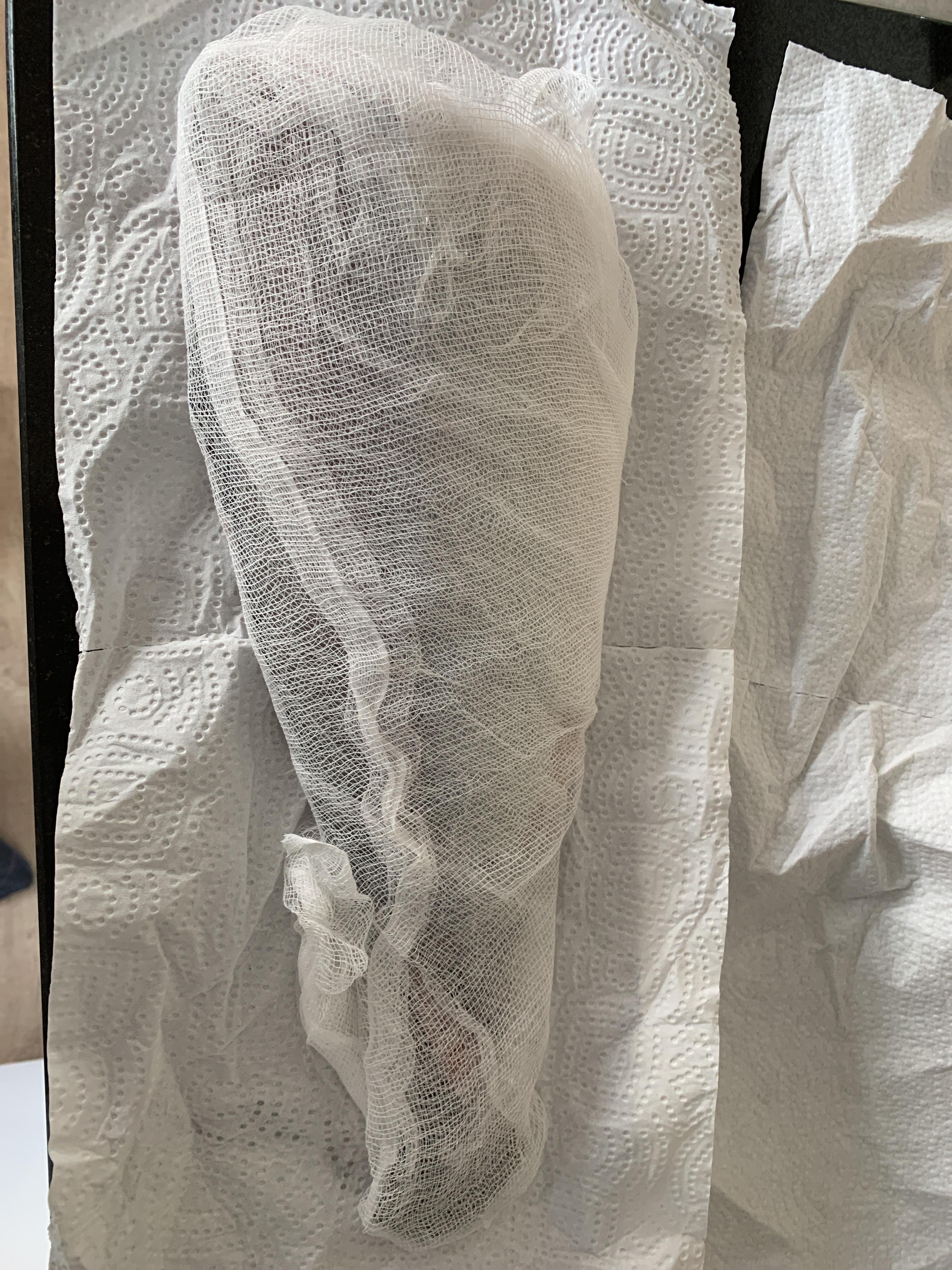
Fish before entering the fridge
Over the next week, I turned the fish every twelve hours and occasionally took the fish out of the fridge to check if there were any funky areas or weird smells.
After 7 days in the fridge, the fish looked like this when it was taken apart:
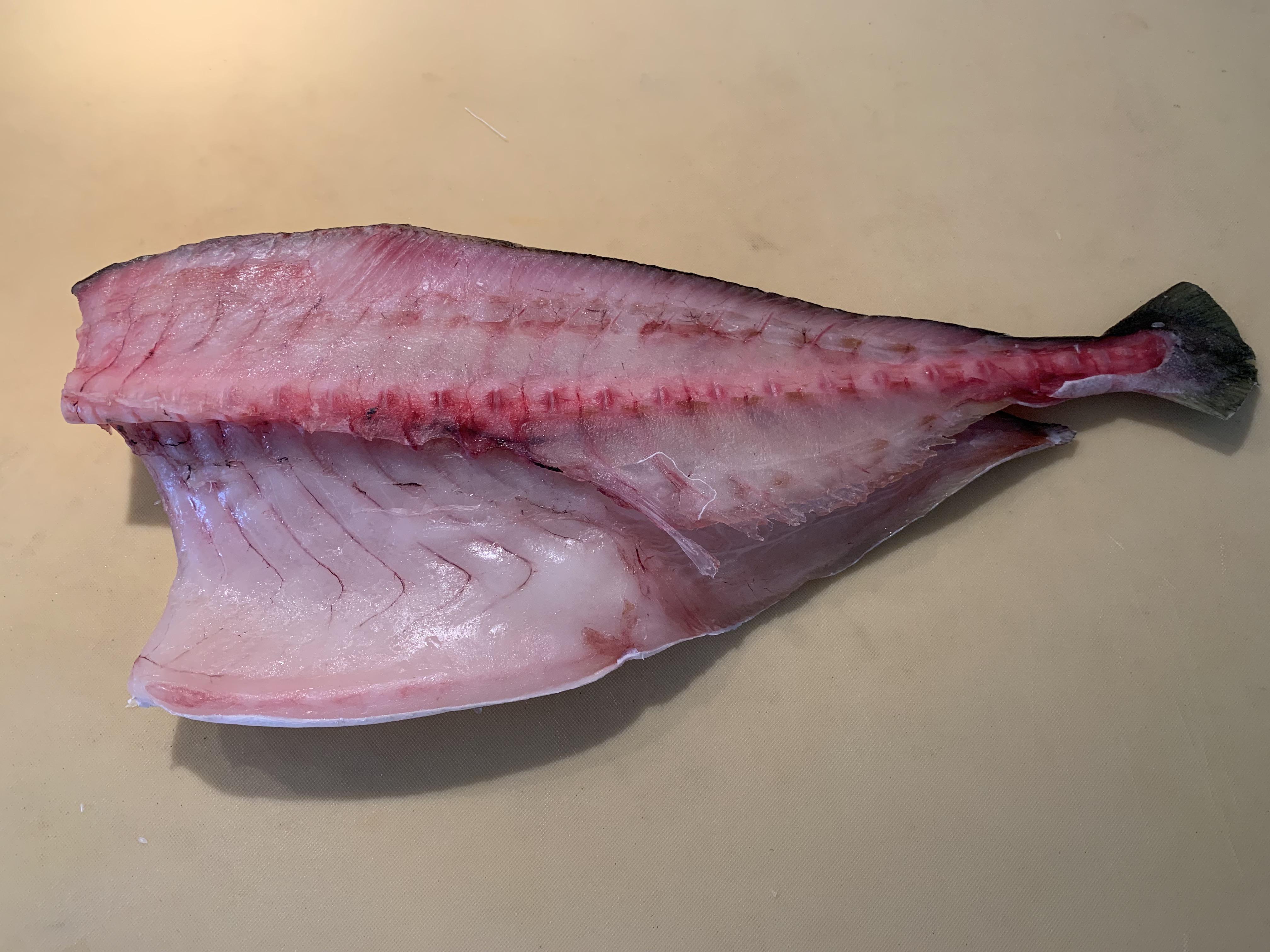
Straight out of the fridge, started incision on the tail
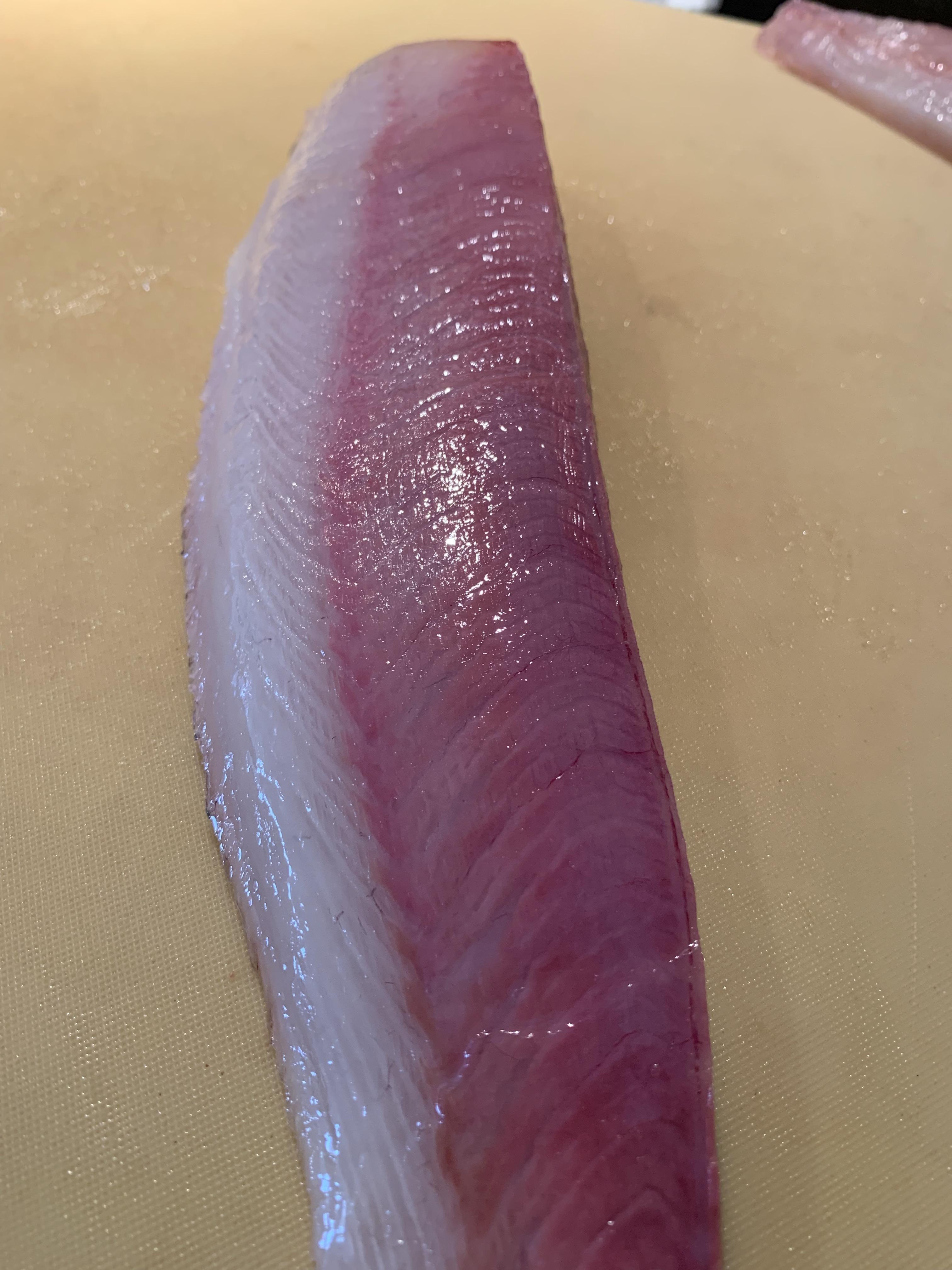
Top loin with a nice amount of fat
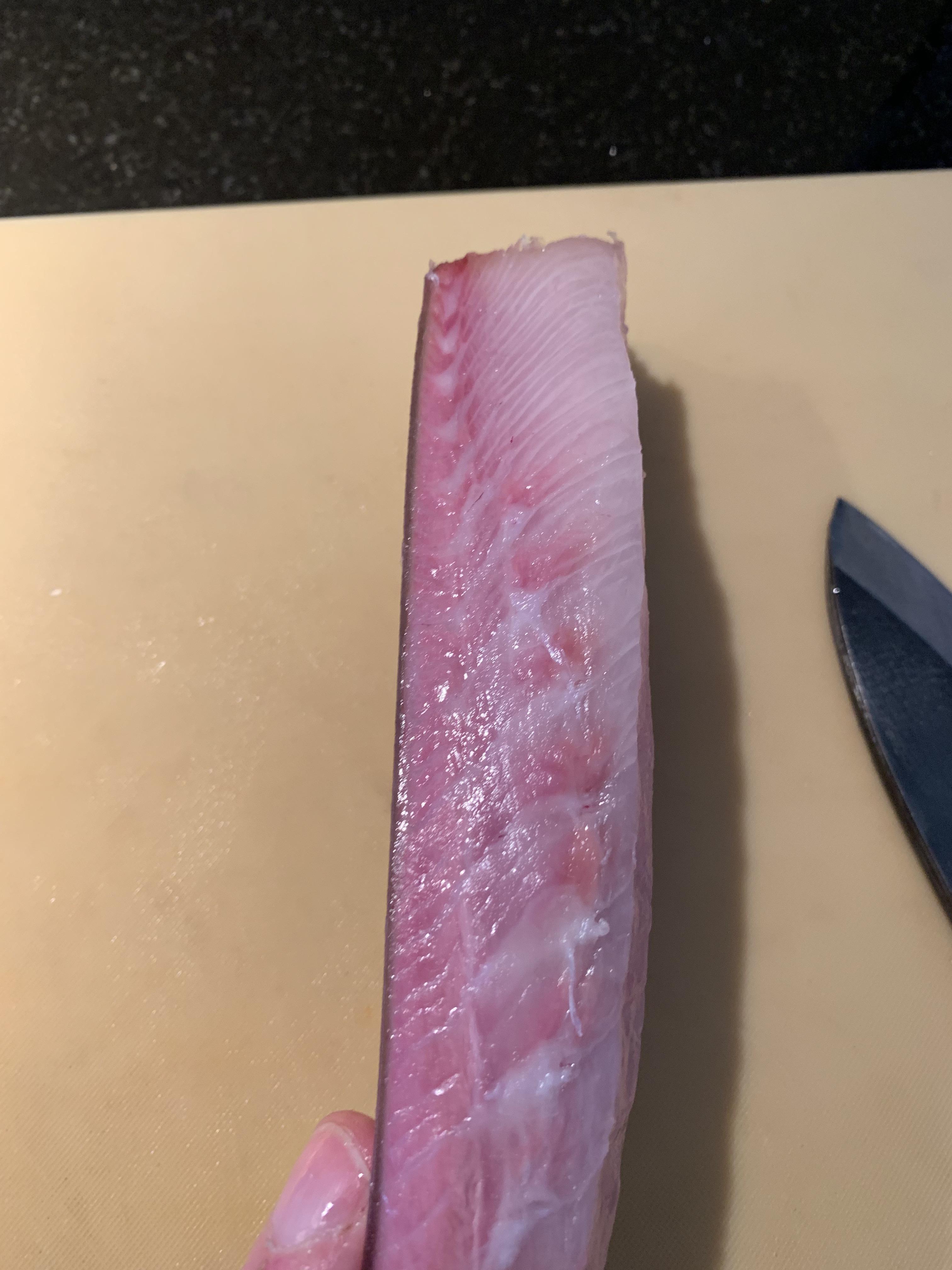
Side shot
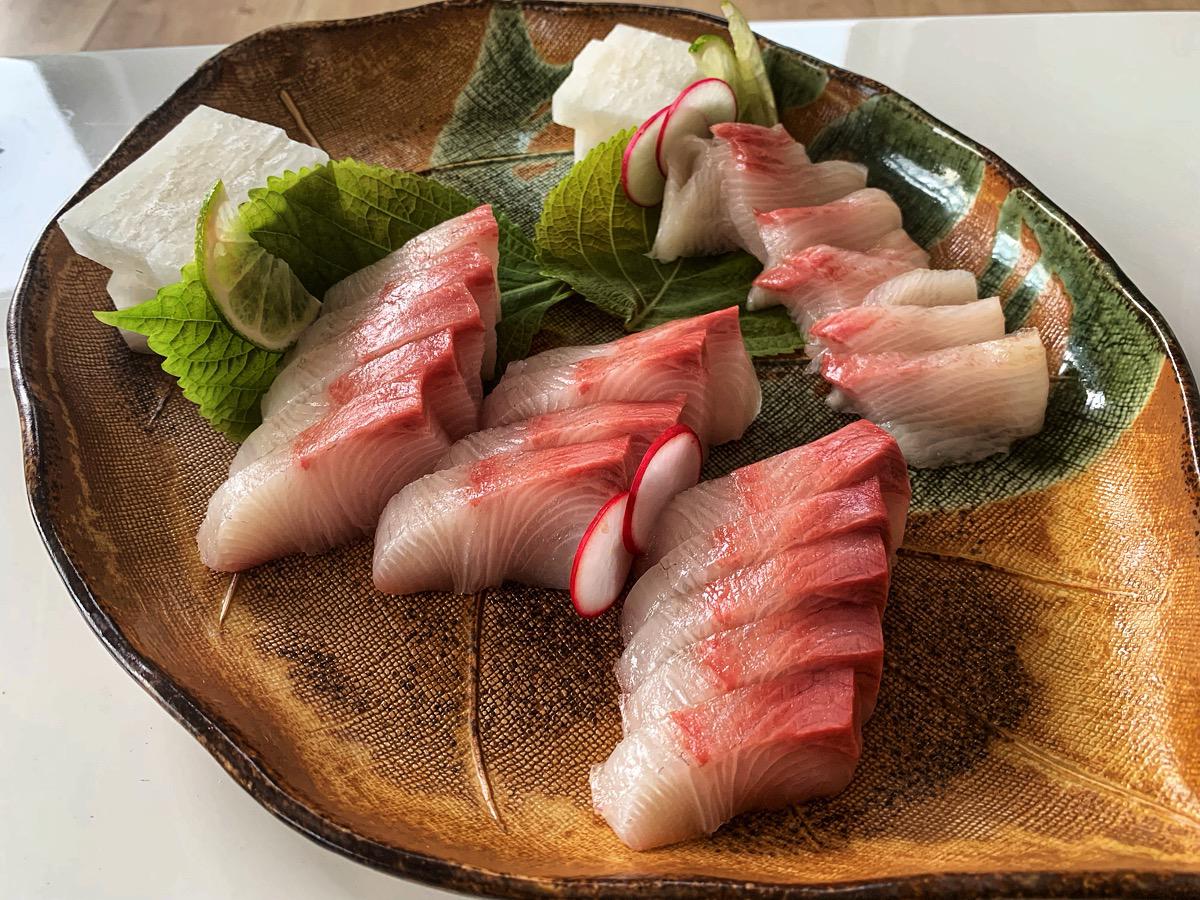
Finished sashimi of 8 day aged kingfish
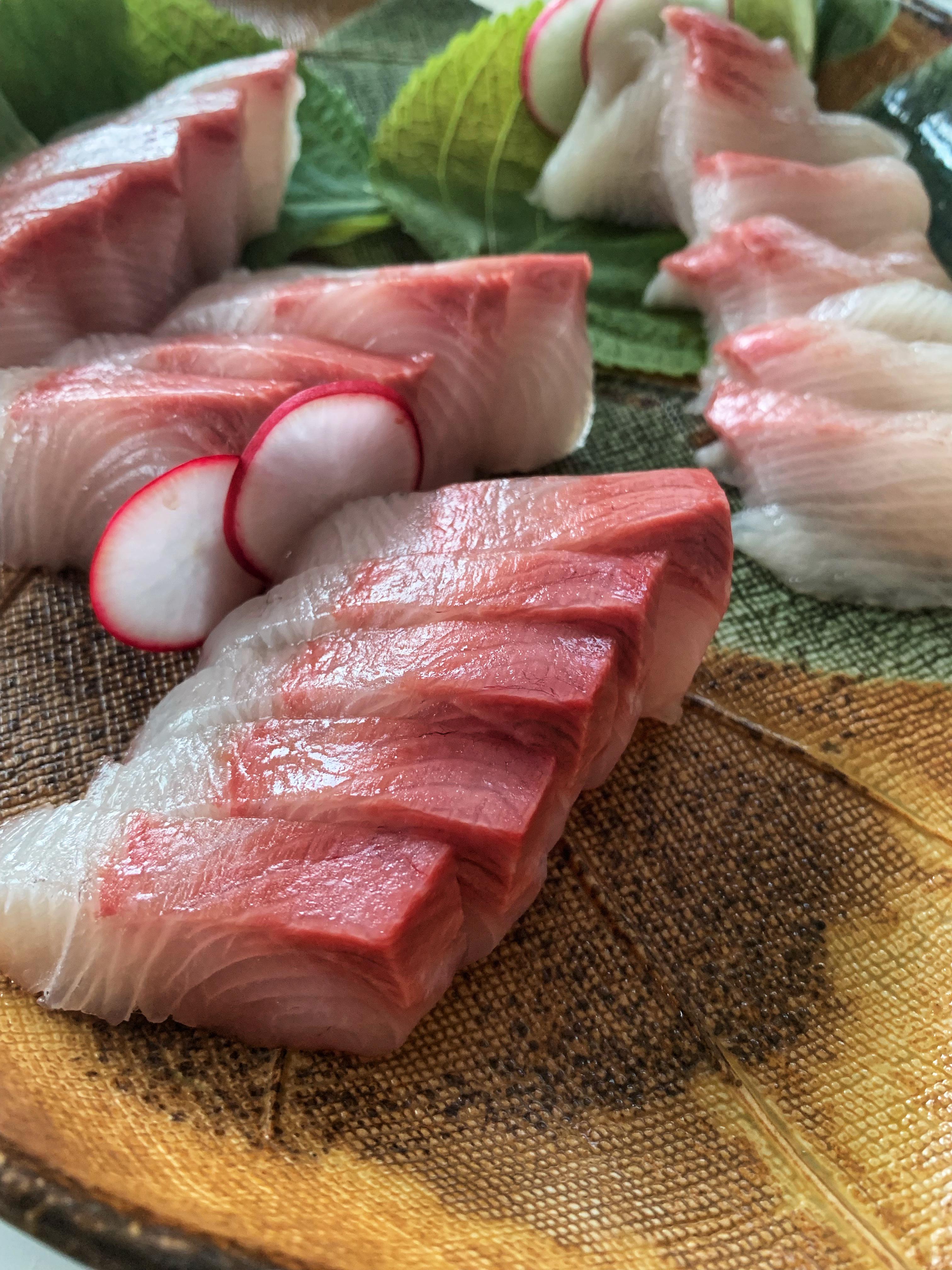
Close up of sashimi
The most important takeaways for me are:
I have done my first experiment with aging fish. I have looked around on the internet, but its difficult to find any clear and reliable explanation of techniques and the process behind aging fish, let alone much sharing of experiences by other people. So I would like to take this opportunity to share my (admittedly very limited) experience, and ask for any input the pro's on KKF may have.
My process started by buying the freshest fish I could find. This meant obtaining access to a wholesaler, and asking them for fish that was just killed. I ended up buying a kingfish (known in Japanese as hiramasa) farmed locally, that was super fresh and was stored without the guts.

One fresh looking kingfish

Red gills
I immediately started by drying the cavity of the fish and removing the scales. After, I filleted the fish by taking off its head (which turned into delicious grilled collars later that evening), leaving one side of the fish on the bone.

The filleted side turned into delicious fresh sashimi for the evening, while the part on the bone was prepared for aging by wrapping it in tea cloth. I placed the wrapped fish on a wire rack in my fridge, and attached a thermometer to monitor the temperature. The temperature remained between 1-3 degrees Celsius during the aging period (7 days).

Sashimi made on the day of the fish purchase

Fish before entering the fridge
Over the next week, I turned the fish every twelve hours and occasionally took the fish out of the fridge to check if there were any funky areas or weird smells.
After 7 days in the fridge, the fish looked like this when it was taken apart:

Straight out of the fridge, started incision on the tail

Top loin with a nice amount of fat

Side shot

Finished sashimi of 8 day aged kingfish

Close up of sashimi
The most important takeaways for me are:
- Aging this fish improved the flavor of the fattiest part (the belly) the most, and gave it a lot stronger flavor that lasted in the mouth for quite a while
- The texture of the top loin was greatly improved, and became more dense yet more tender as well
- The bloodline needs to be removed a bit more as it was a little bit dried out, or the fish needs to be aged whole to prevent this
- It is fine to keep fish in your fridge for 7 days (I was a little bit hesitant upon the first bite...)
- Next time I want to try aging the fish hanging up by its tail and preferably in a separate fridge.























